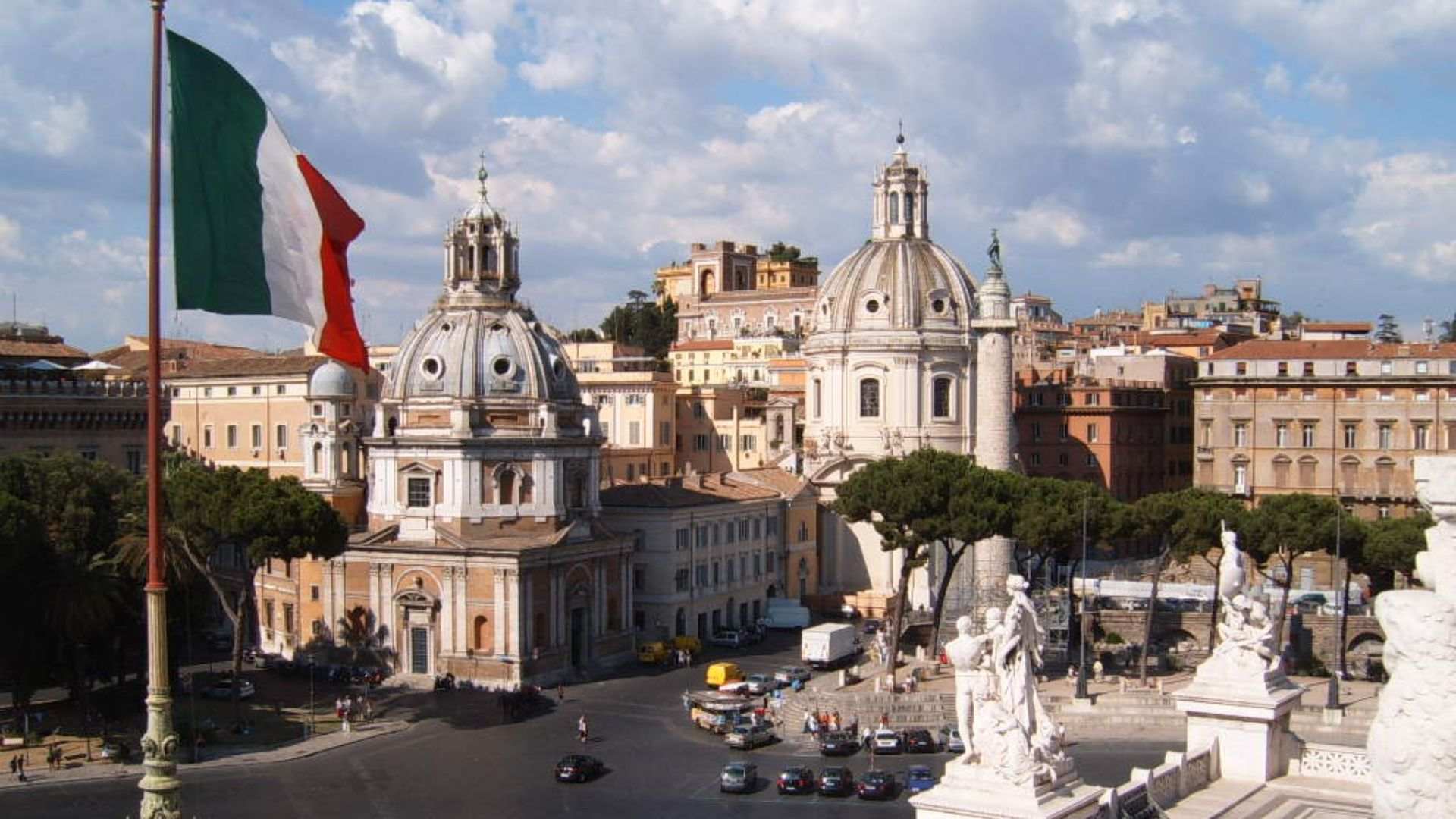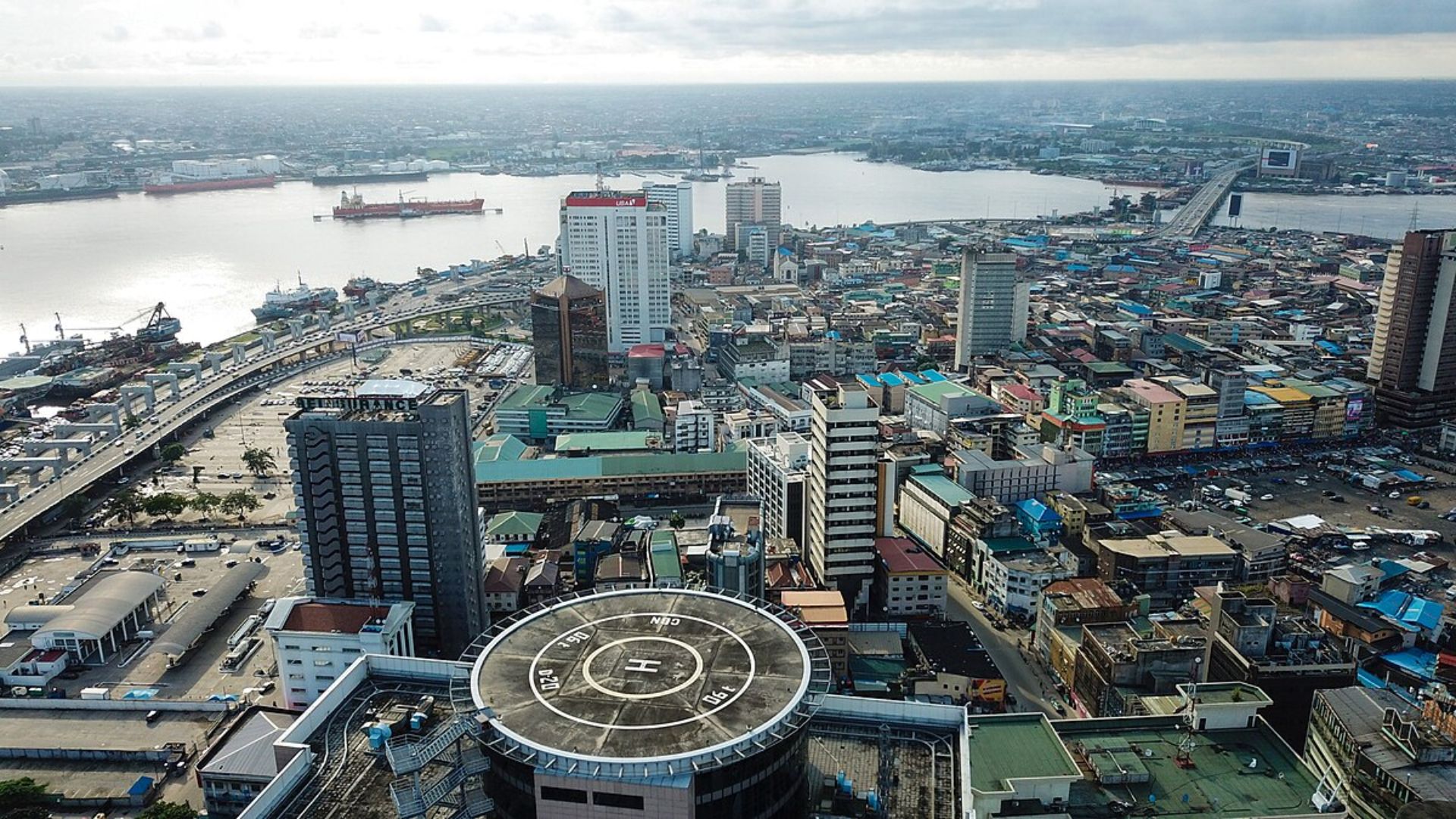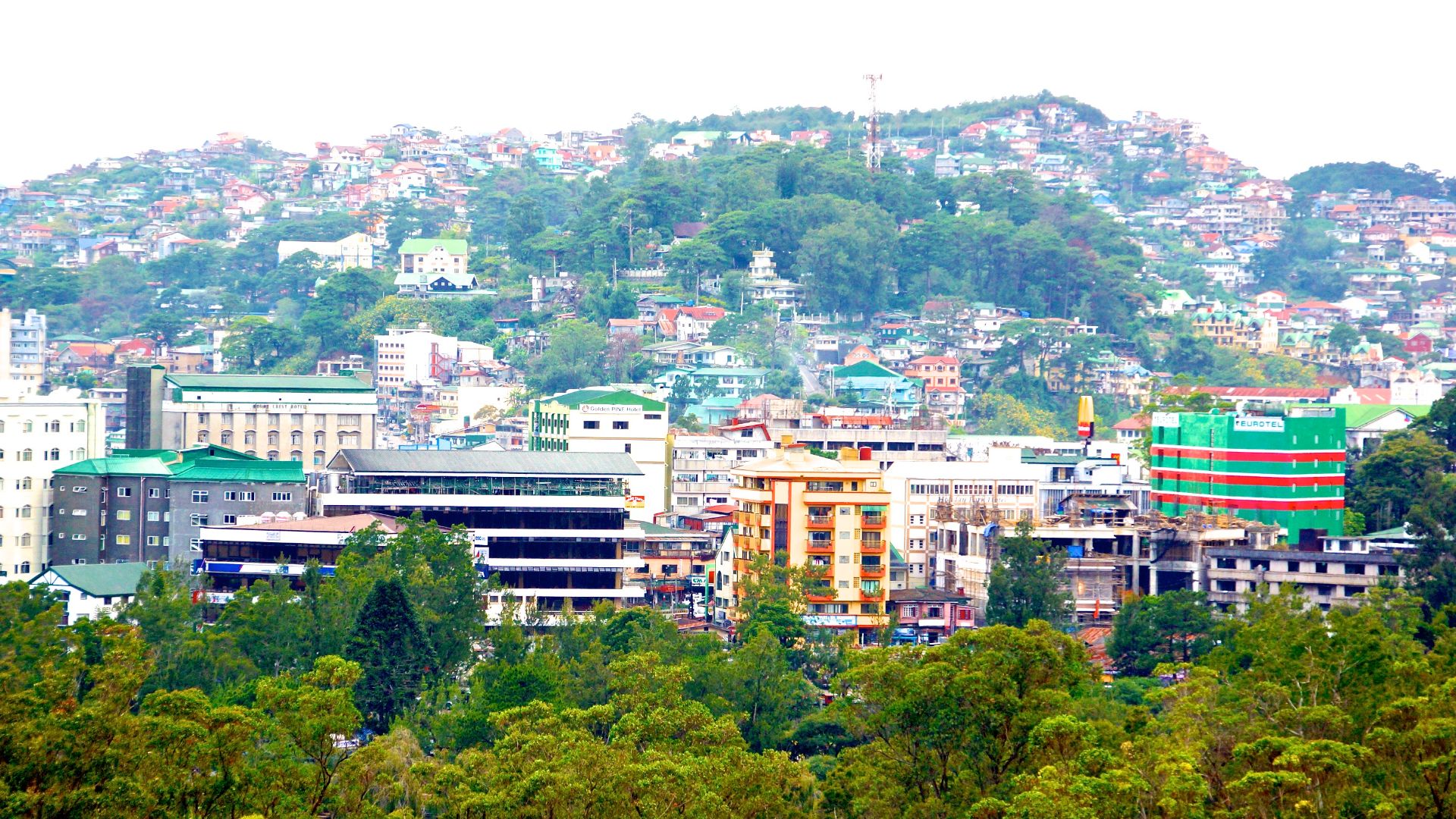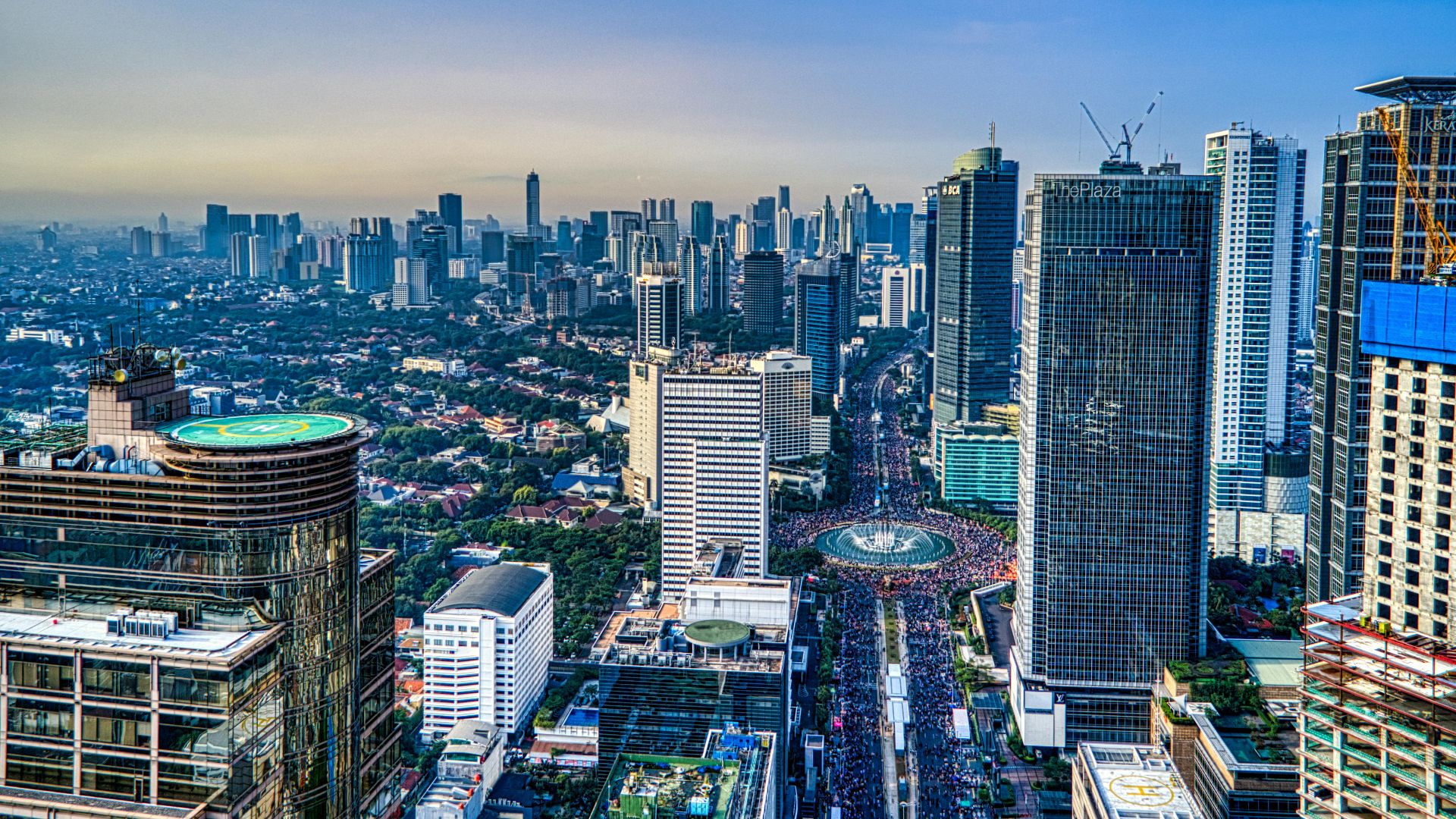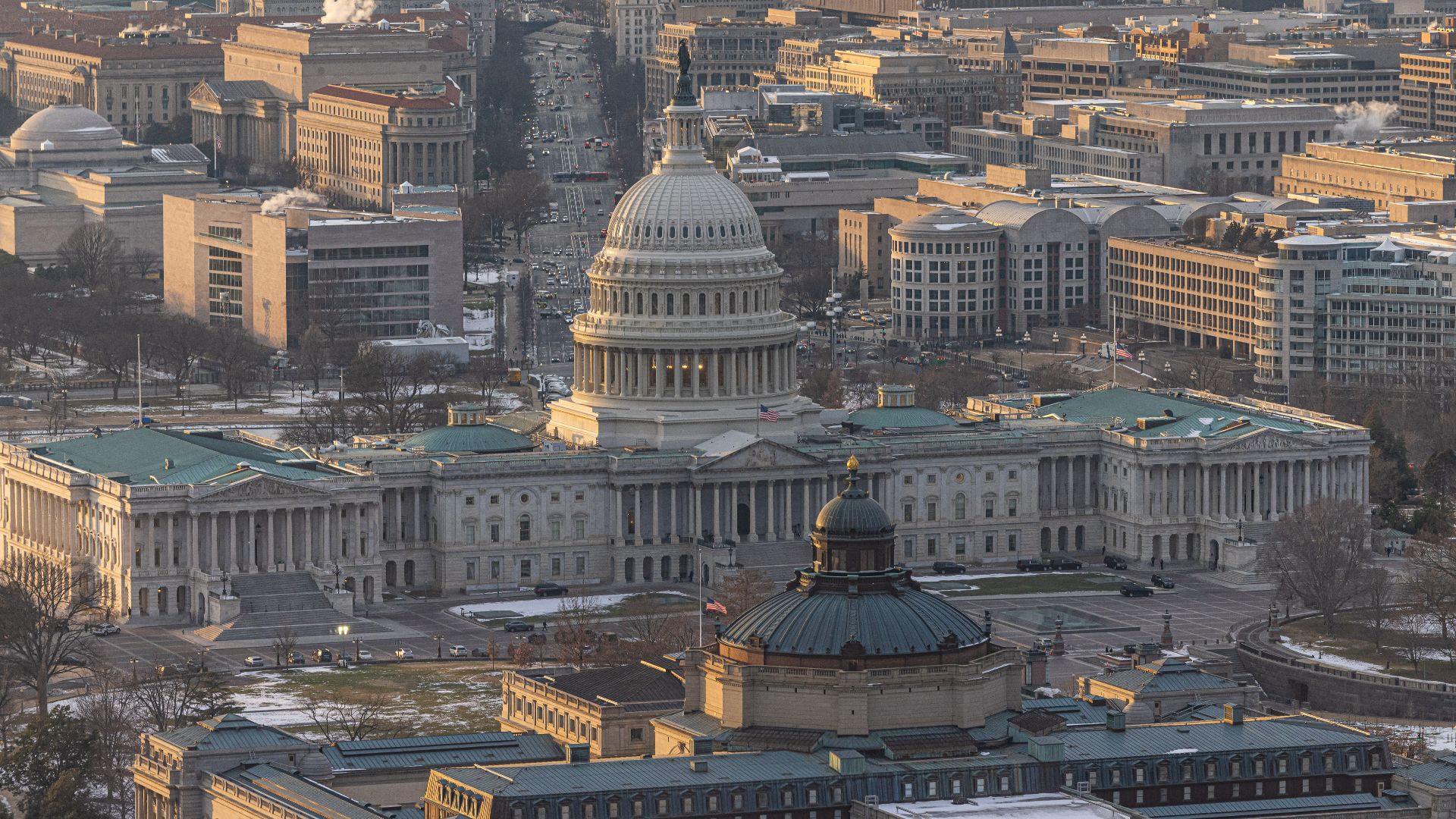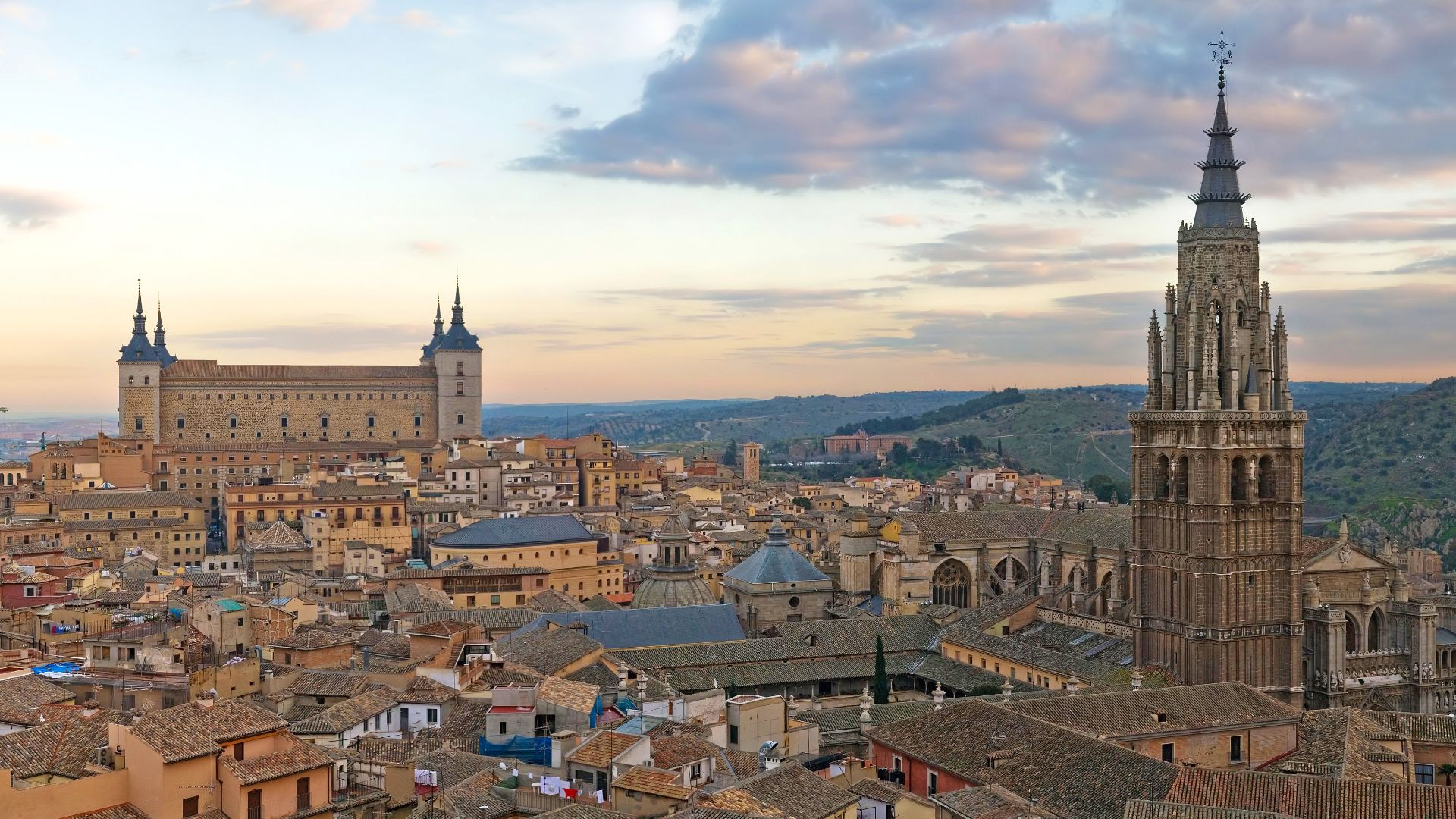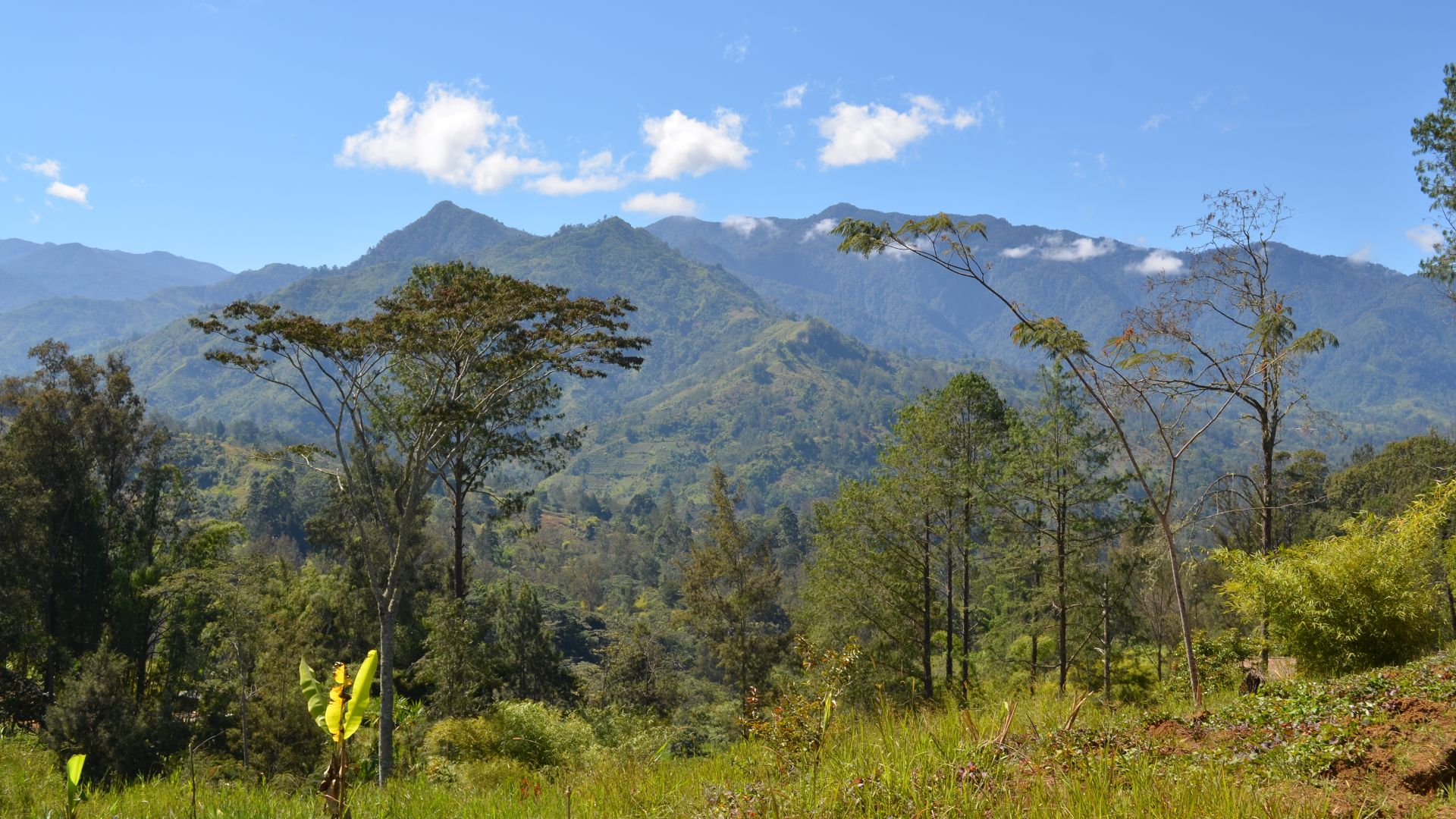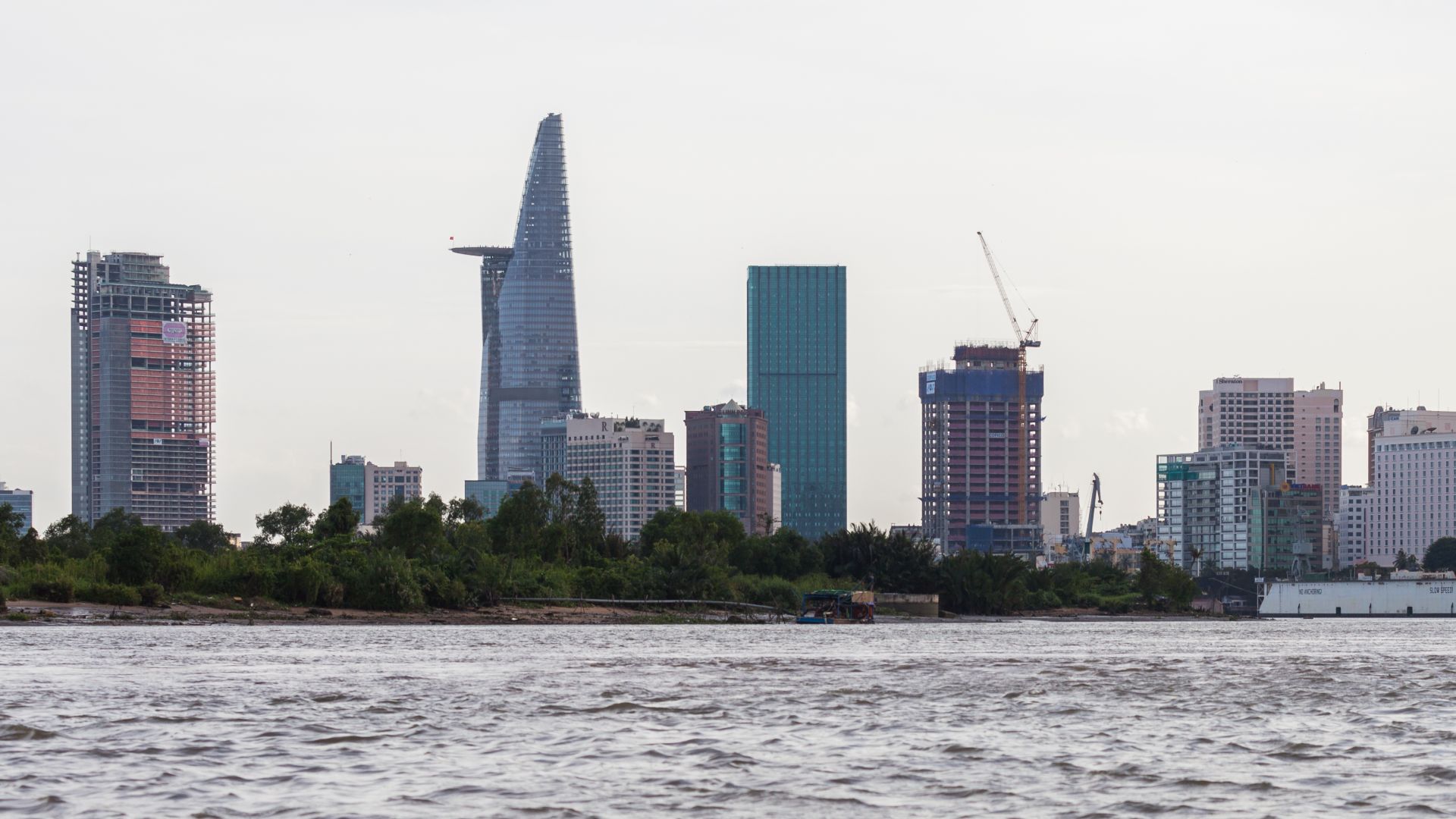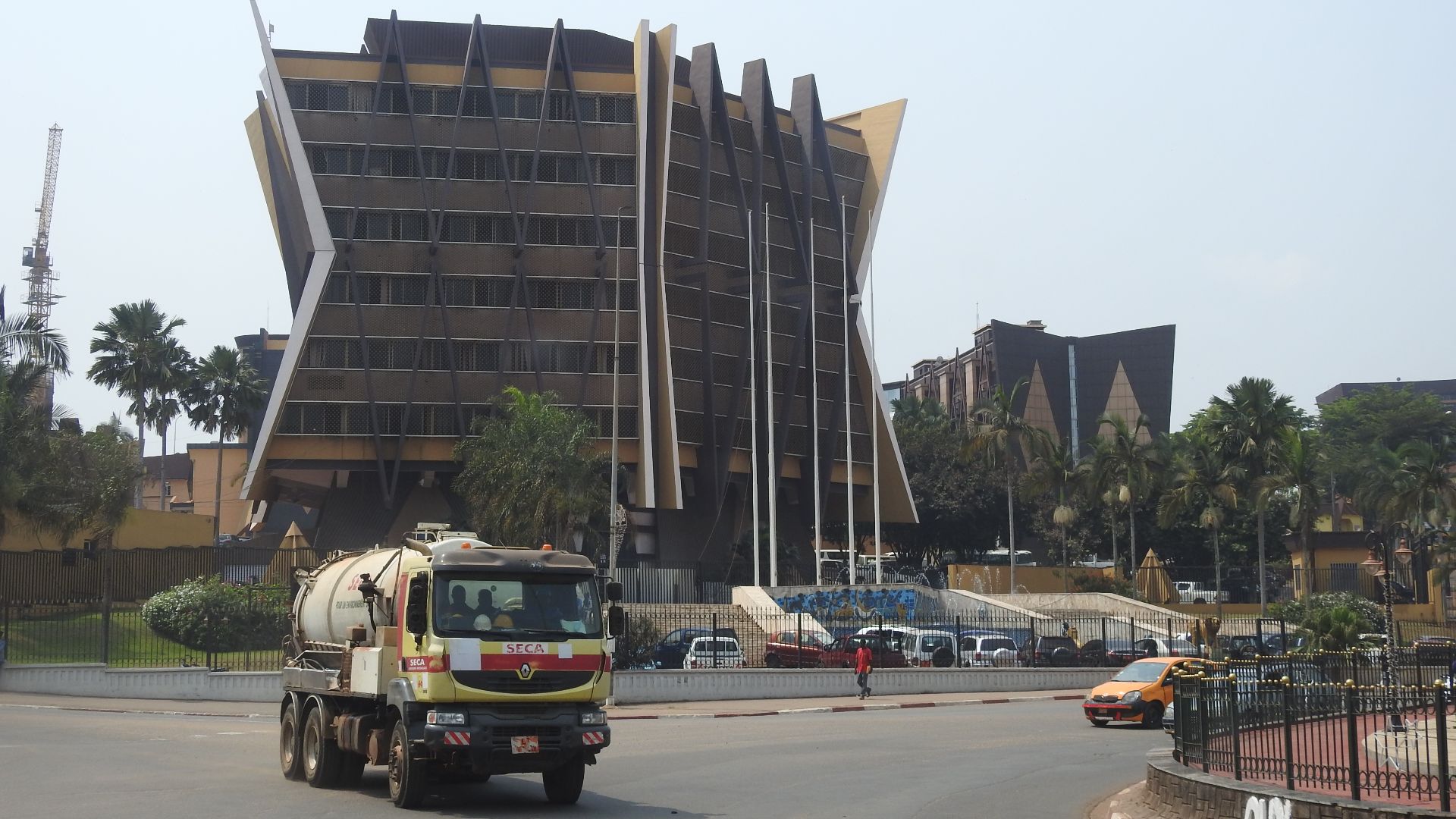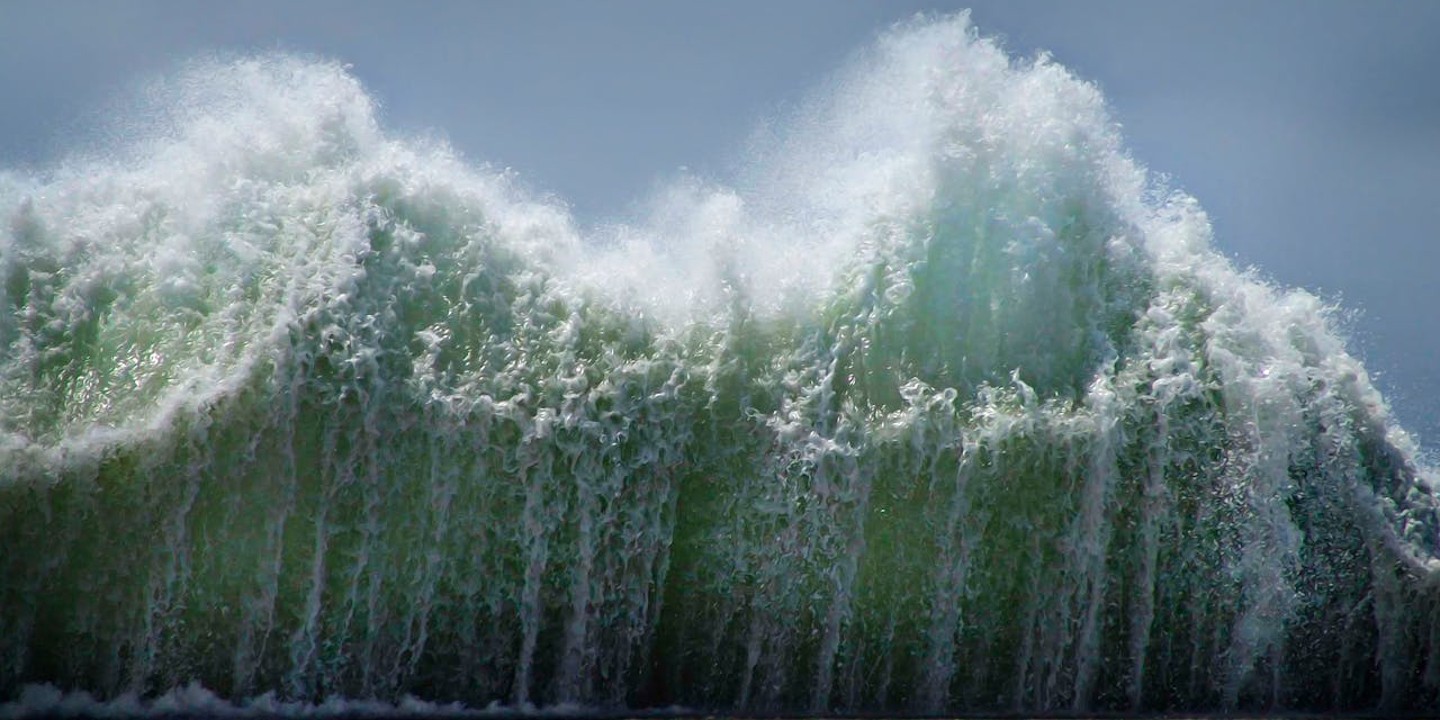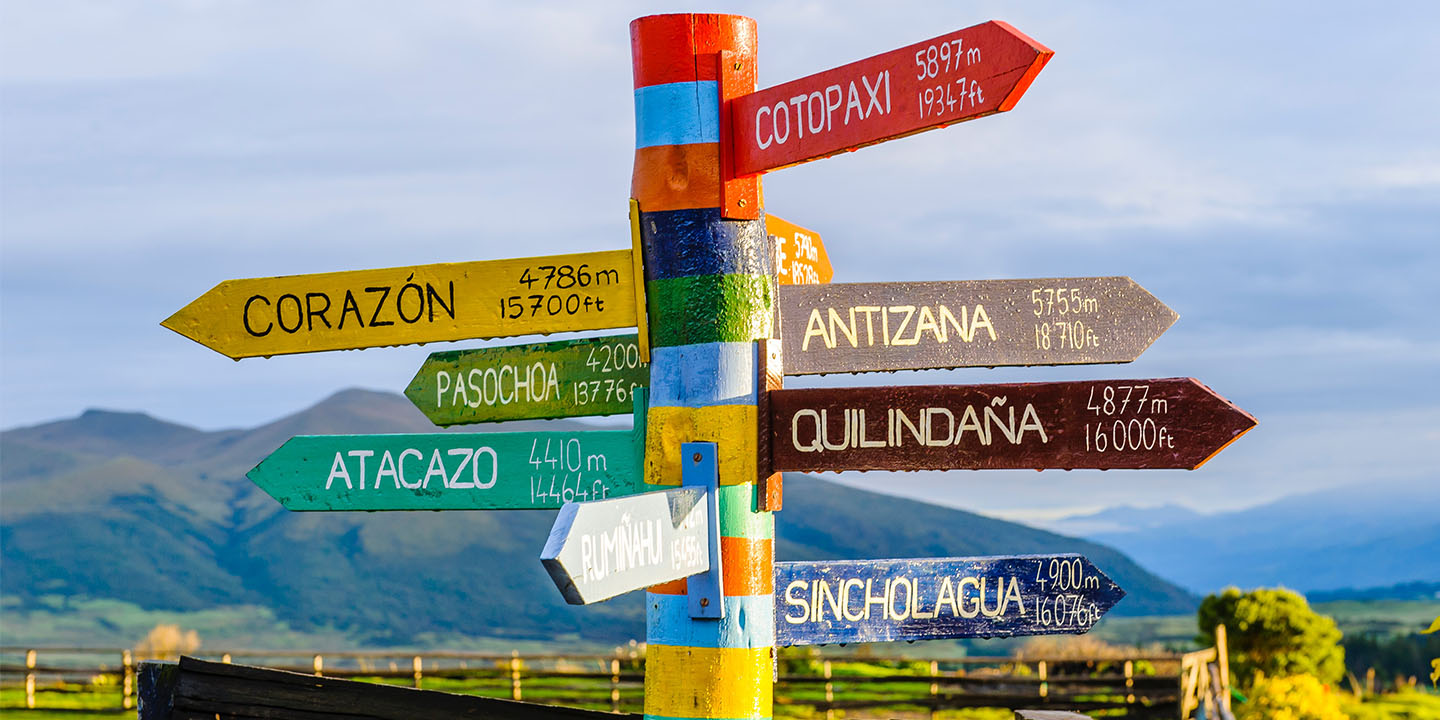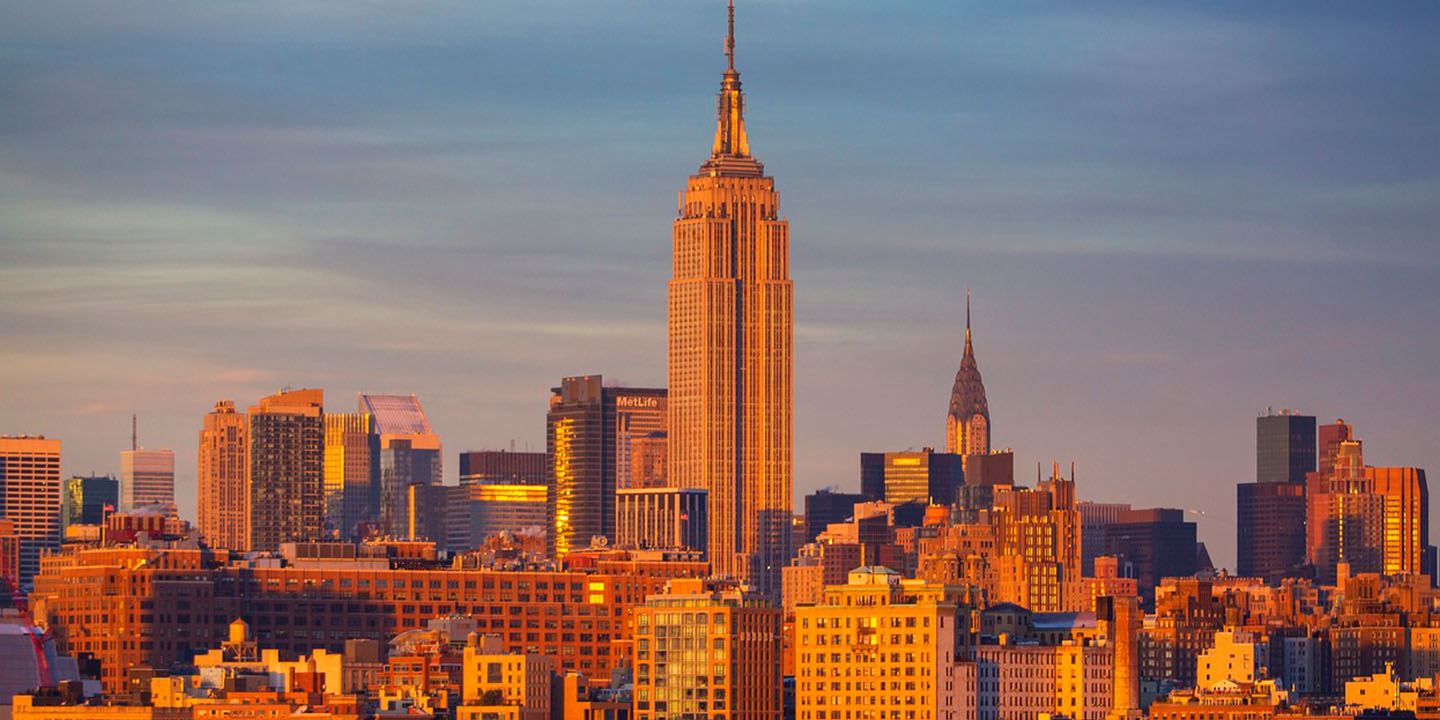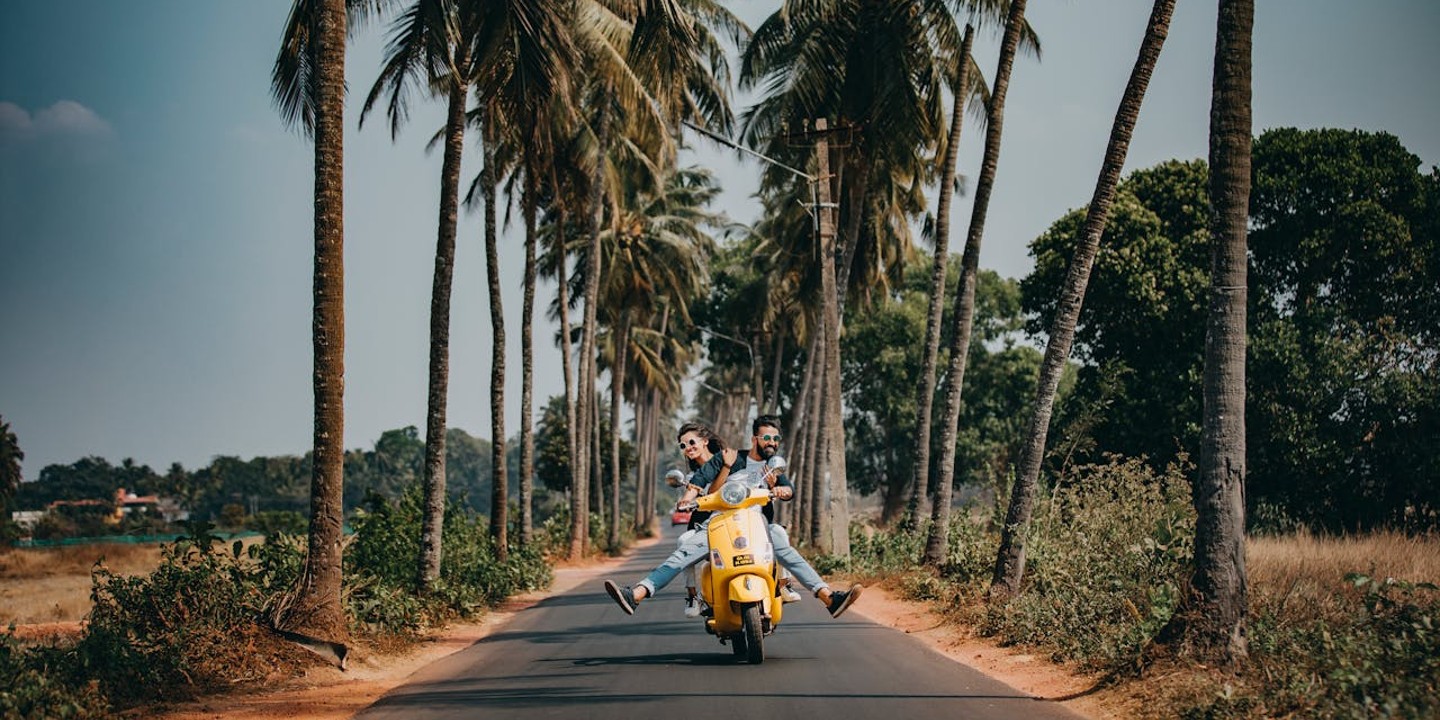One Nation, Many Dialects
A single language doesn’t always sound the same across a country. Dialects shift pronunciation, vocabulary, and even grammar—sometimes so drastically that locals can barely understand each other. Geography and culture shape these differences over time, creating distinct regional ways of speaking. So, let’s explore 20 countries where dialects are fascinating and baffling. So, if you've ever thought a shared language meant easy communication, think again.
1. Italy
Standard Italian might rule in Rome, but good luck in Naples or Sicily. Dialects here are basically their own languages—Neapolitan and Sicilian even have different grammar. Locals can spot a Milanese from miles away just by their speech. The same pasta will have wildly different pronunciations as you travel the country.
2. China
In China, dialects emerge from deep cultural roots and dynastic divides. Mandarin is official, but locals in Guangdong or Shanghai often stick to their own—Cantonese or Shanghainese. Some dialects are so unique that subtitles can't bridge the gap, even for domestic TV viewers.
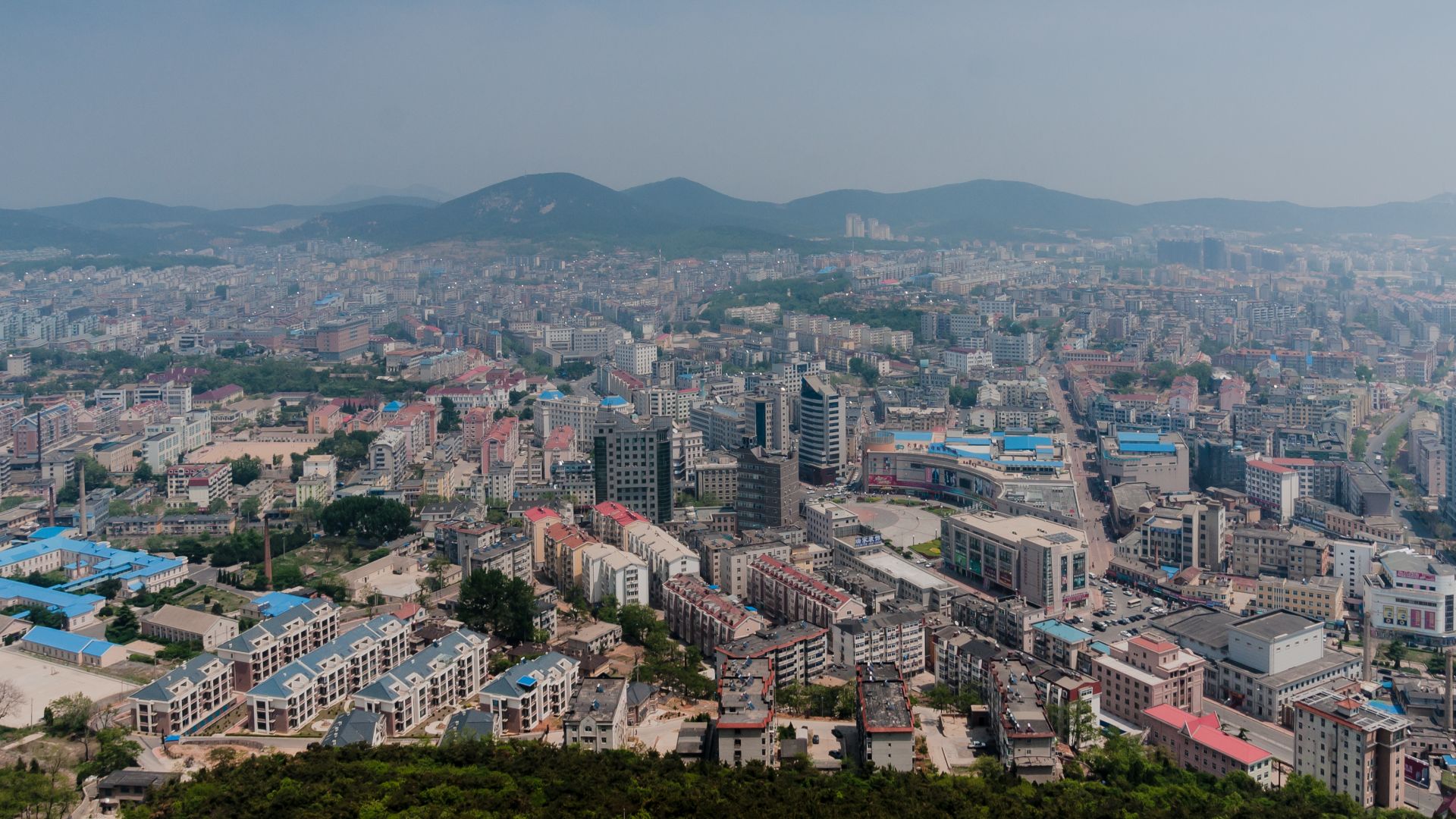 CEphoto, Uwe Aranas on Wikimedia
CEphoto, Uwe Aranas on Wikimedia
3. United Kingdom
It’s a small island, but you’ll hear more dialects than pub songs. A two-hour drive takes you from Shakespearean elegance to straight-up slang warfare. Glaswegian, Scouse, Geordie—some accents sound like entirely new languages. It’s a linguist’s playground and a tourist’s puzzle.
4. India
Step off the train, and boom—new dialect. India is a dialogue buffet with over 1,600 spoken dialects and 22 recognized languages. A single language like Hindi morphs into wildly different forms across states. Even everyday phrases change shape. In India, you don't just see diversity—you hear it in different dialects.
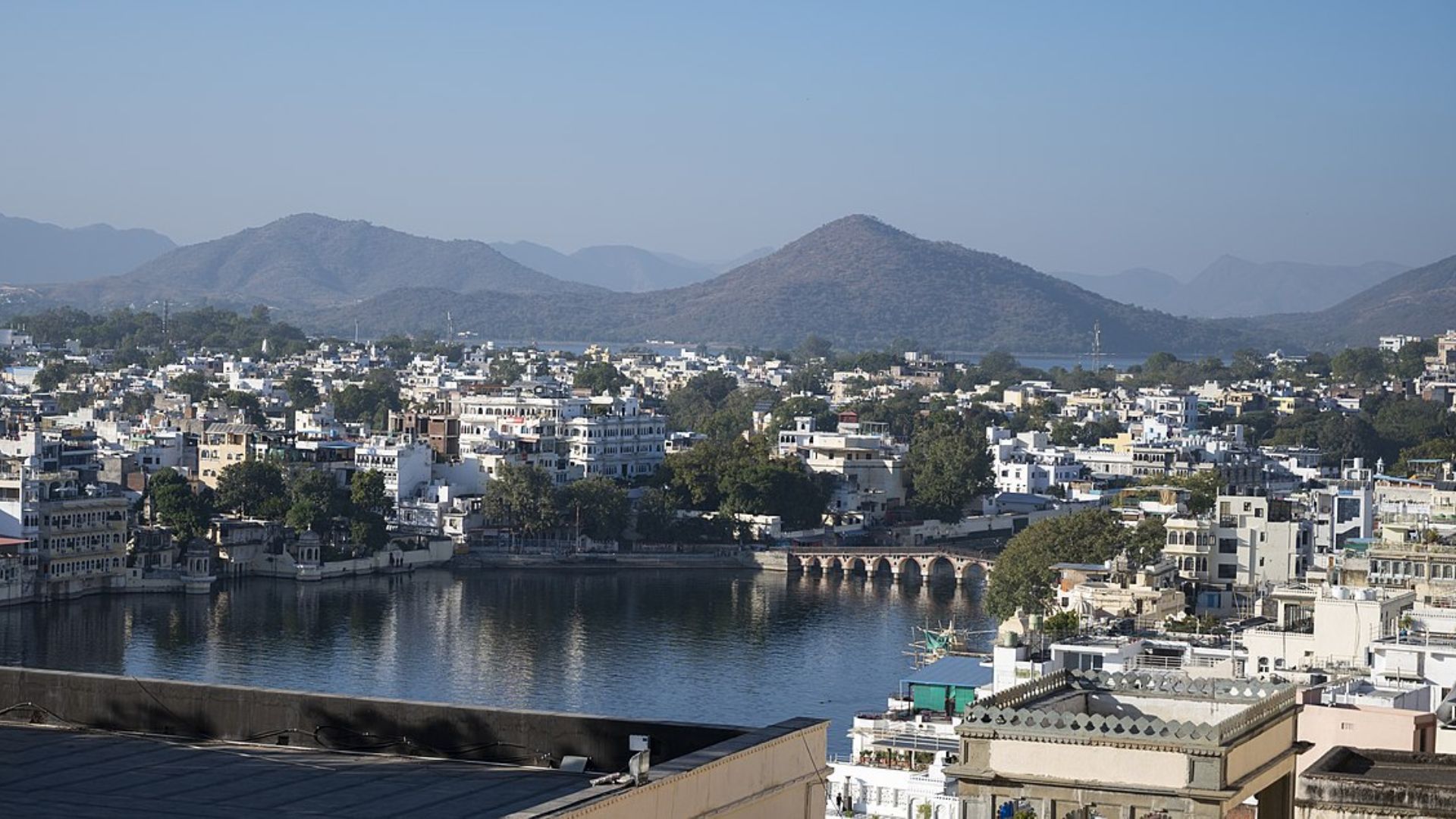 Navneet Sharma on Wikimedia Commons
Navneet Sharma on Wikimedia Commons
5. Nigeria
Nigeria is also a multidialectal country. Over 500 languages live here, and even dominant tongues like Yoruba or Igbo come with rich regional twists. You can drive a few hours and hear the same word said five ways. It’s like the remix culture of language.
6. Switzerland
Swiss German is a linguistic maze, not just an accent. Some dialects are so strong that even Germans need a minute to catch up. But Switzerland’s real magic lies in how easily locals flip between French, German, and Italian—sometimes in the same conversation.
 Original: ChensiyuanDerivative work: Aristeas/Wikimedia Commons
Original: ChensiyuanDerivative work: Aristeas/Wikimedia Commons
7. Philippines
Filipino and English may be official here, but the islands are swimming in dialects. Each island, shaped by isolation and colonization, developed its own flavor of language. Cebuano, Waray—the list goes on. Dialects here shape identity. You can literally tell what island someone’s from just by how they say “hello”.
8. South Africa
With 12 official languages and dozens of regional dialects, South Africa’s voices shift with the place. English here gets spicy—blended with Afrikaans and township slang. It’s not uncommon to hear several languages in a single sentence. This diversity is a way of life in South Africa.
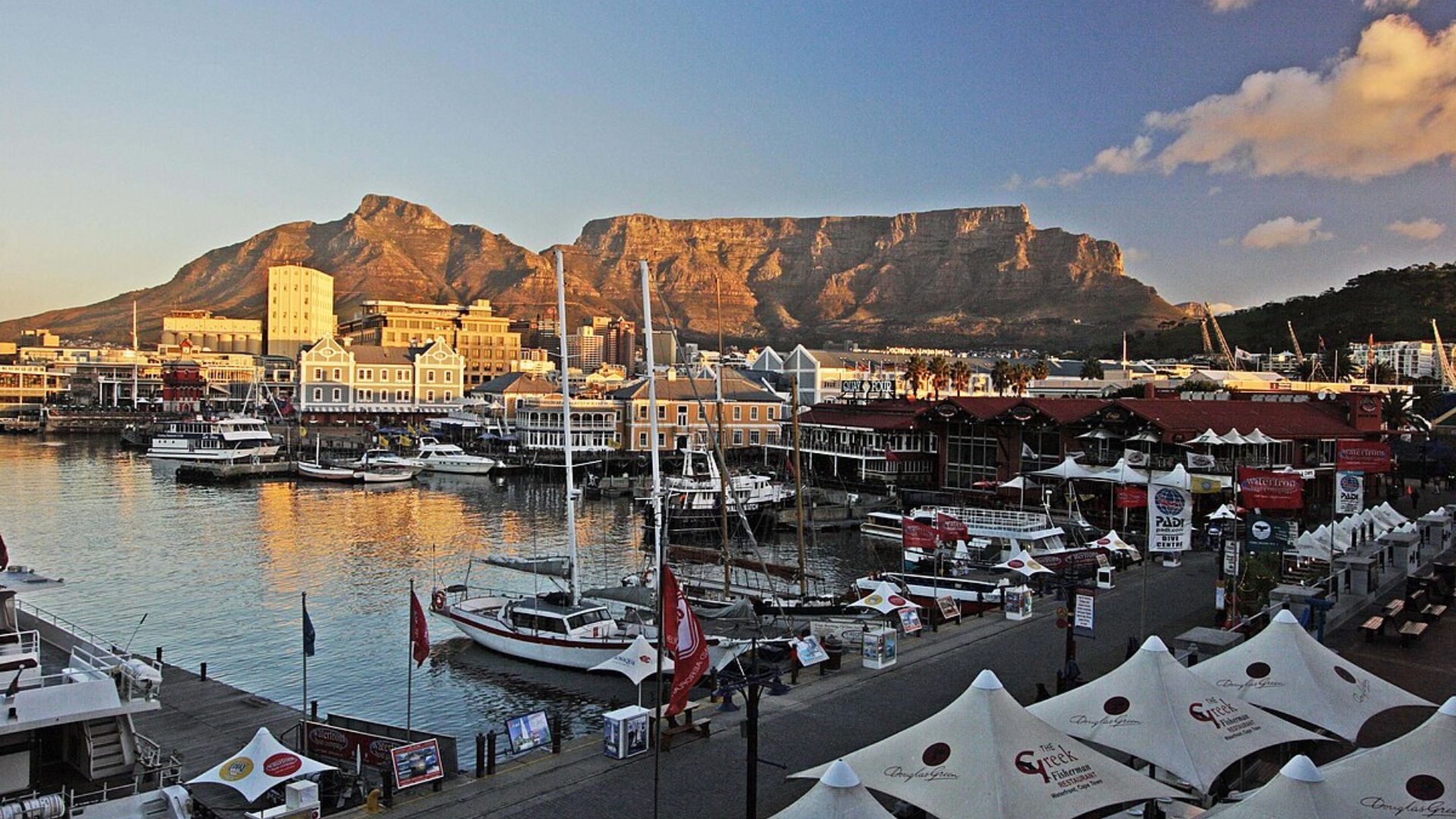 South African Tourism from South Africa on Wikimedia Commons
South African Tourism from South Africa on Wikimedia Commons
9. Indonesia
Indonesia's 17,508 islands make language a wild ride. Bahasa Indonesia might be the glue, but dialects like Javanese and Balinese bring distinct rhythms and honor systems. The variations are so deep one person’s “yes” can sound like a complete sentence to someone else. Think of it as one country with hundreds of vocal personalities.
10. Germany
What makes German dialects fascinating isn’t just sound but perception. Some dialects, like Bavarian or Saxon, carry stereotypes or cultural weight. In Germany, language is socially charged—a person’s dialect might even influence who they vote for. The deeper you go into the countryside, the weirder and cooler it gets.
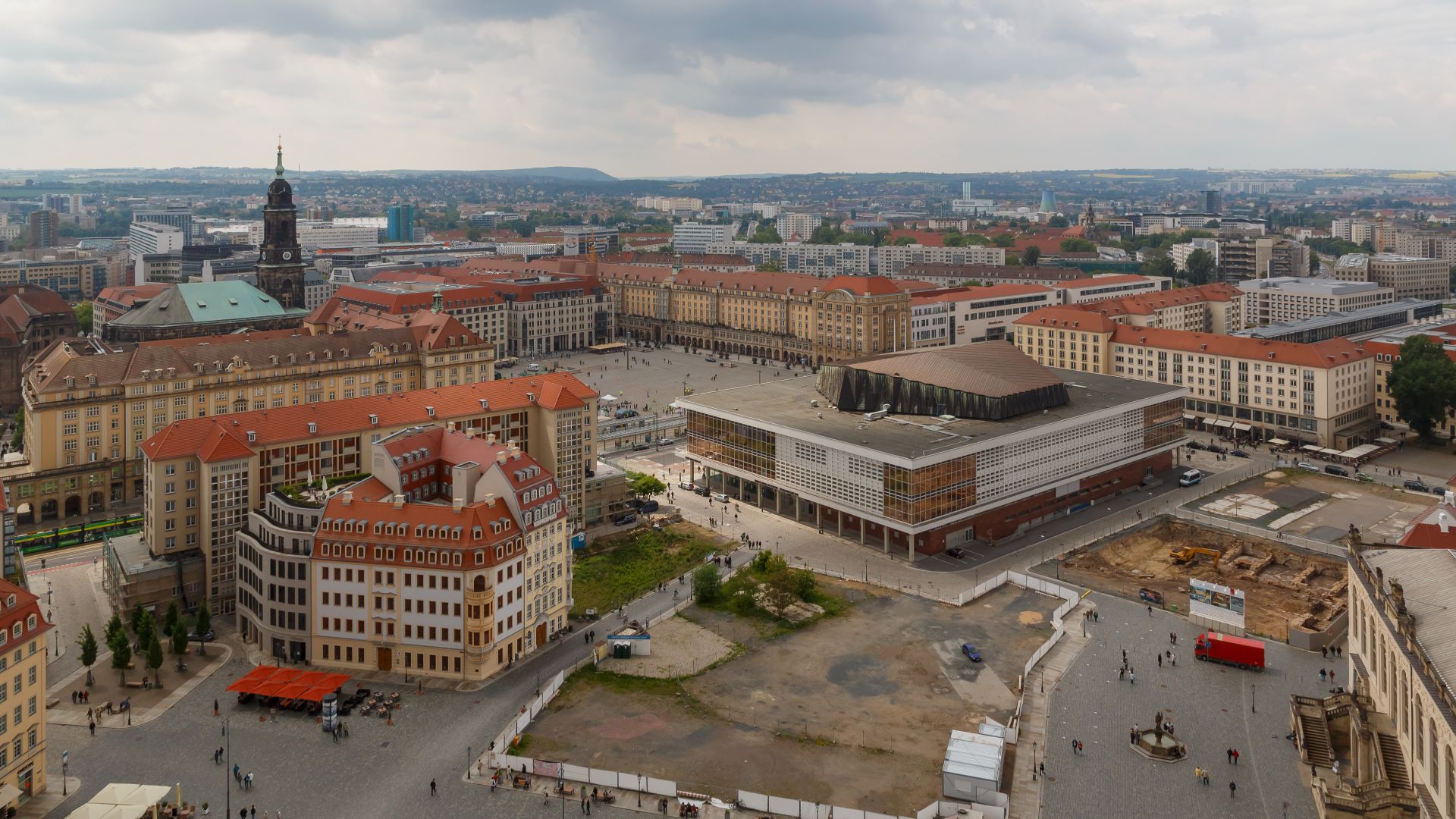 CEphoto, Uwe Aranas on Wikimedia
CEphoto, Uwe Aranas on Wikimedia
11. United States
Reflecting on how people speak, such as the Southern drawls and Minnesota’s sing-song, will make you realize that America’s dialect game is strong. Even English isn’t just English here—“y’all,” “pop,” and “wicked” all live in different zip codes. Cross a state line, and your pronunciation might suddenly sound like a tourist.
12. Brazil
Brazilian Portuguese isn’t one-size-fits-all. In Rio, it’s laid-back and musical; in São Paulo, it's sharp and clipped. Go north, and the rhythm changes again. Locals can peg where you’re from by how you say “chicken”. It's a dialect dance from samba to street slang.
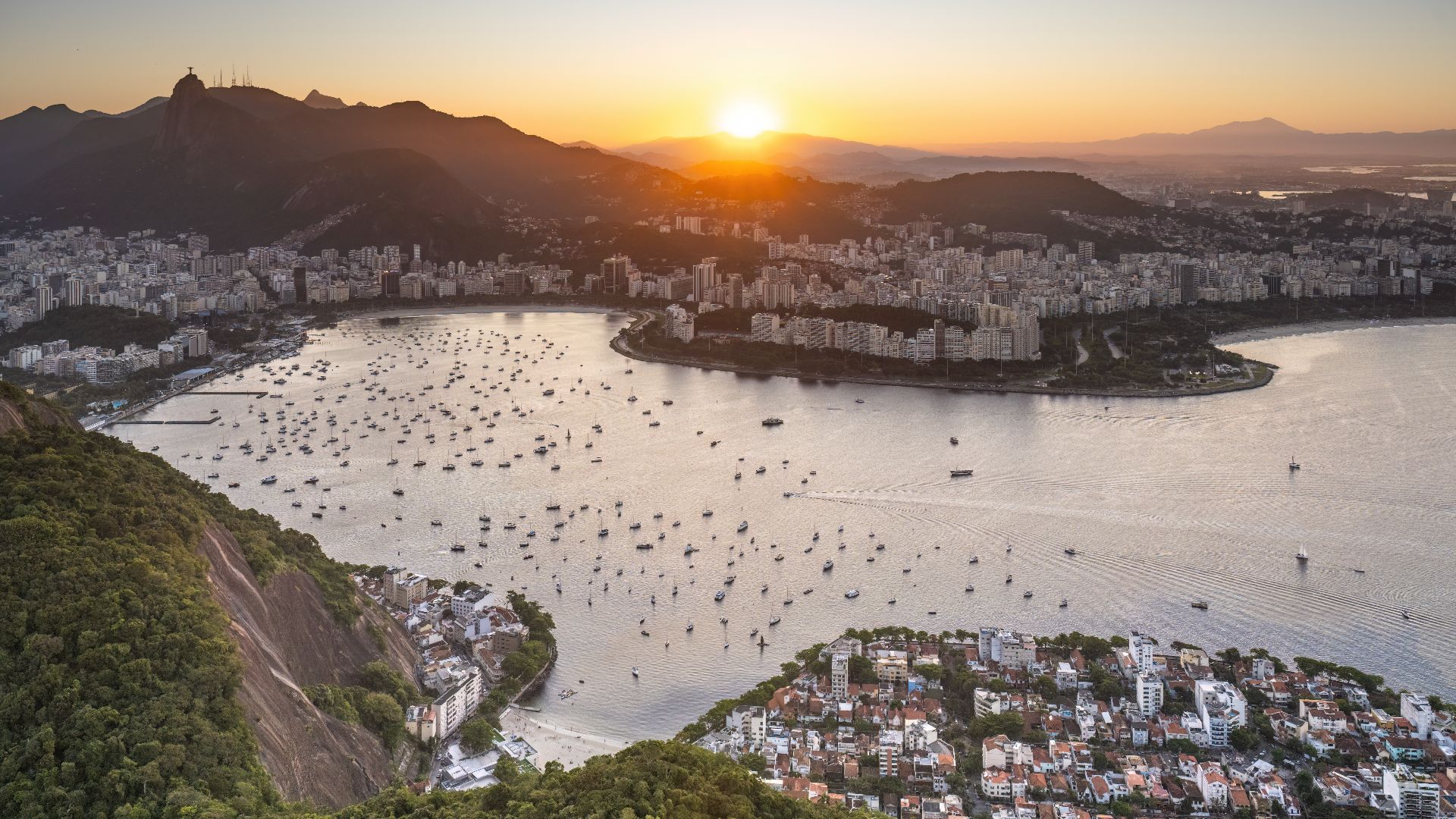 Wilfredo Rafael Rodriguez Hernandez on Wikimedia
Wilfredo Rafael Rodriguez Hernandez on Wikimedia
13. Russia
Stretching across eleven time zones, Russia’s language is vast and shape-shifting. Moscow Russian differs from the Siberian tones or the Southern accents of the Caucasus. Toss in Bashkir and other ethnic dialects, and you’ve got serious regional remix energy. Someone from Moscow might barely follow a farmer in Yakutia.
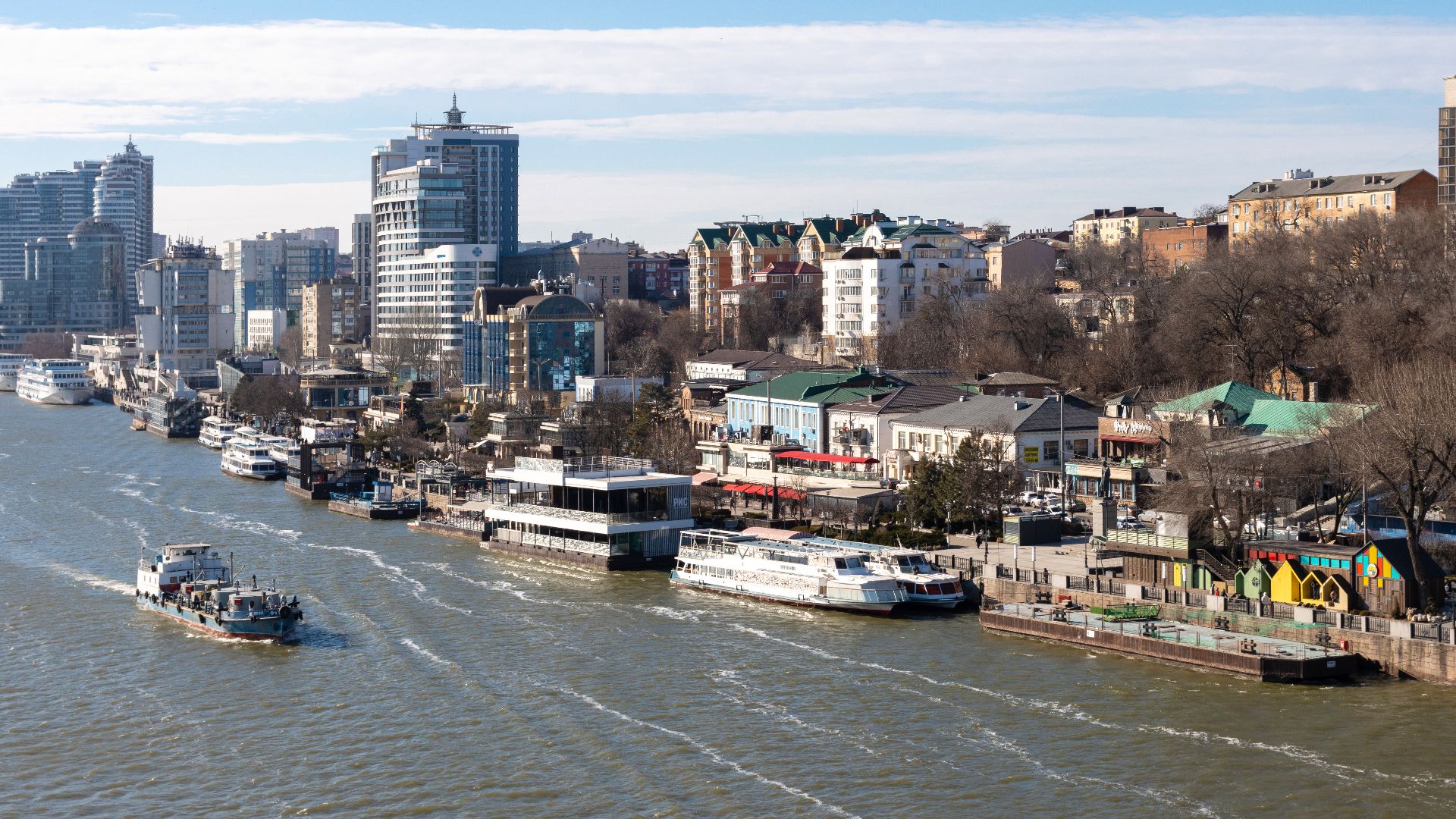 Vyacheslav Argenberg on Wikimedia
Vyacheslav Argenberg on Wikimedia
14. Spain
Castilian may be standard, but Spain’s regions speak their truth. Within Castilian Spanish, accents vary wildly. Then, the Andalusians drop consonants like hot potatoes, Catalans have their own language, and Galicians speak Galego—a distinct romance language that evolved alongside Portuguese. Spaniards often joke that even their dogs have regional barks.
15. Papua New Guinea
This island nation holds the world record for linguistic diversity, as it has over 800 languages and countless dialects. What makes it fascinating is how people often speak three or more languages daily: their tribal tongue, Tok Pisin (creole), and English. It’s like a live-in translation app.
16. Canada
“Eh” is just the beginning. Canada’s got region-packed English dialects—Newfoundland English could pass for Irish, while Vancouver keeps it chill. Then there’s Quebec, where French is spiced with anglicisms. In the same country, you can hear both Parisian-like chic and moose-country twang.
 Wilfredo Rafael Rodriguez Hernandez on Wikimedia
Wilfredo Rafael Rodriguez Hernandez on Wikimedia
17. Vietnam
Northern and southern Vietnamese aren’t just accented distinctly—they can be mutually confusing. The word for “rice” might sound totally alien a few provinces away. It’s tonal, too—so a slight pitch change might accidentally turn “grandma” into “frog”. That’s how real the dialect drama is.
18. Egypt
Egyptian Arabic is well-understood in the Arab world thanks to film and TV—but at home, it morphs by region. Cairo’s slang-filled dialect differs from the lyrical speech of Upper Egypt or the coastal spice of Alexandria. Even locals joke they need subtitles for each other.
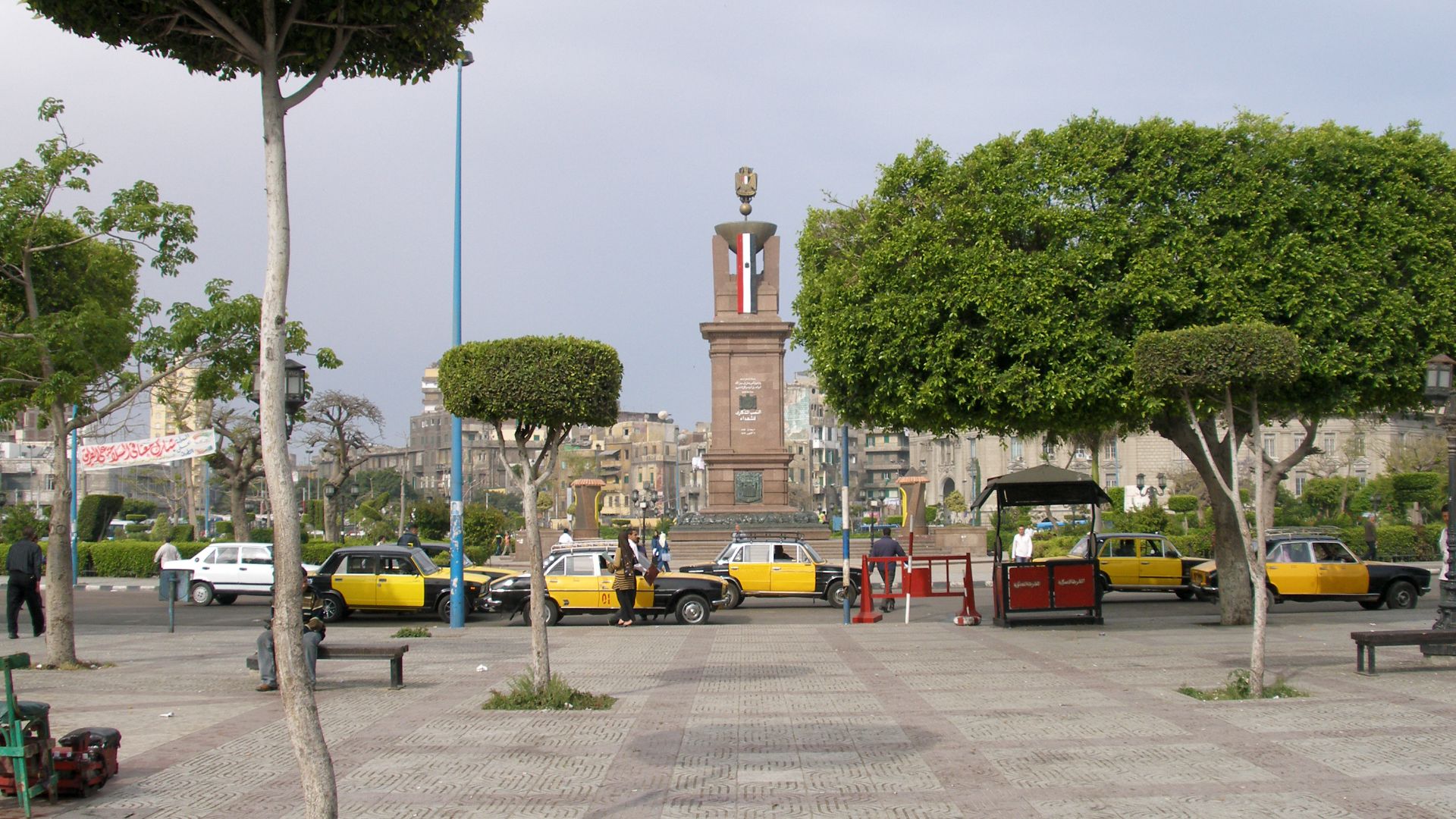 Vyacheslav Argenberg on Wikimedia
Vyacheslav Argenberg on Wikimedia
19. Cameroon
Cameroon is often called “Africa in miniature,” and that is partly due to its languages. It has over 250 indigenous tongues and French-English creoles like Camfranglais; this country redefines dialect diversity. Cameroonians can even be each other's walking translators, as it's common for them to flip between three dialects in a single chat.
20. Australia
You know the Aussie accent, right? Not quite. “Strine,” broad rural twangs, and indigenous-inflected speech all reveal just how varied Australian English really is. Add Aboriginal dialects and multicultural slang, and you’ve got a continent where “How ya going”? can sound like ten different phrases.


